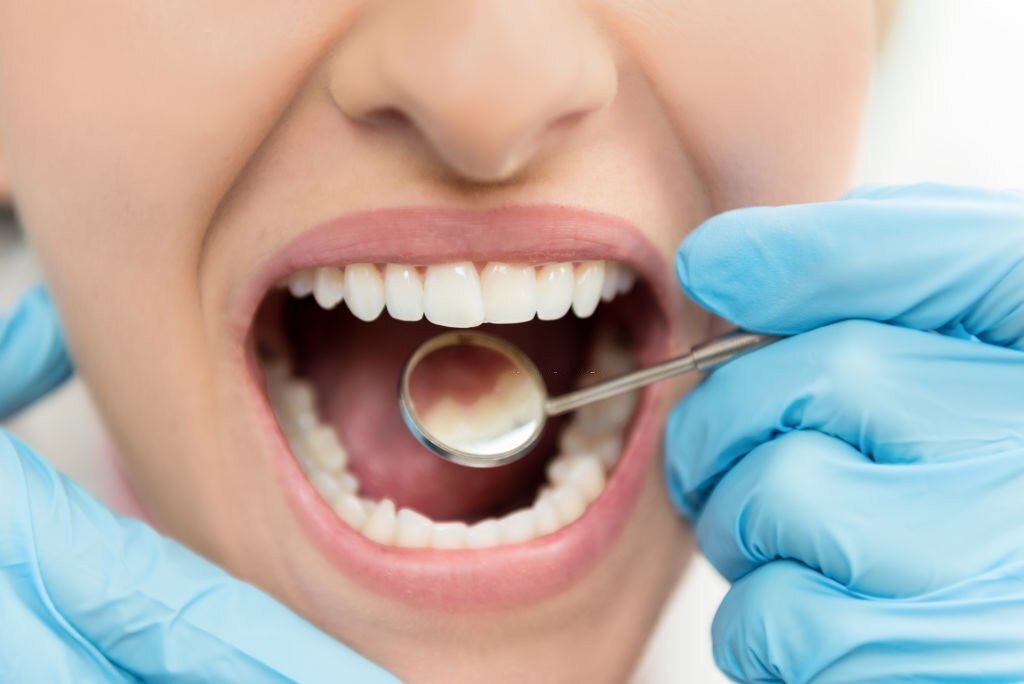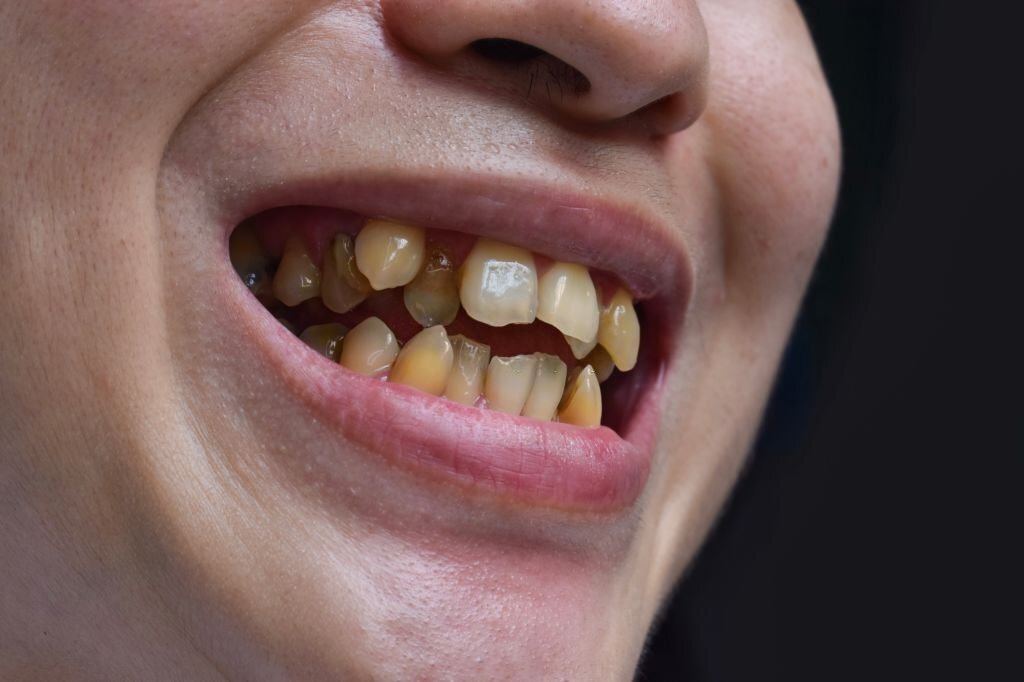Introduction

The Importance of Oral Aesthetics
Our smiles play a significant role in shaping first impressions and influencing both personal and professional interactions. Studies have shown that a bright and straight smile is often viewed as a symbol of health, beauty, and confidence. In many cultures, individuals with aesthetically pleasing teeth are perceived as more attractive and approachable. This cultural emphasis on dental aesthetics can lead to considerable pressure on individuals to maintain an appealing smile, especially in social contexts. Therefore, understanding the psychological implications of gaps between teeth is essential in fostering self-acceptance and promoting mental well-being.
Understanding Gaps Between Teeth
Gaps between teeth, commonly referred to as diastema, can occur for a variety of reasons, including genetic predisposition, dental habits, or periodontal disease. While some individuals may view gaps as a unique trait, others may perceive them as a flaw. The prevalence of diastema is noteworthy, as it can affect individuals of all ages and backgrounds. Misconceptions about the severity of gaps often lead individuals to overlook the potential impact on their mental well-being and self-image. It’s important to recognize that gaps can significantly affect one’s self-esteem, social interactions, and overall quality of life.
Goals of the Blog
In this blog, we will delve into the psychological impact of gaps between teeth, explore various treatment options available, and discuss how addressing these dental concerns can lead to enhanced self-confidence. By providing comprehensive insights, we hope to encourage individuals to consider effective teeth gap treatment options and embrace their smiles with pride.
1. Understanding Gaps Between Teeth

Definition of Gaps
A gap between teeth is essentially a space that exists due to missing or misaligned teeth. Diastema can occur anywhere in the dental arch but is most commonly observed between the front teeth, particularly the upper incisors. These gaps can vary in size and location, affecting not only the aesthetic appeal of a smile but also oral functionality, such as chewing and speaking.
Causes of Gaps
The causes of gaps between teeth are diverse. Genetic factors, such as having larger than average teeth compared to jaw size, can lead to spacing issues. Additionally, dental habits formed during childhood, like thumb sucking or prolonged pacifier use, can also contribute to misalignment. Periodontal disease is another significant cause, leading to tooth loss or shifting teeth due to loss of supporting structures. Other factors may include missing teeth due to injury or extraction and natural aging, which can cause wear and shifting in the dental arch.
Statistics and Prevalence
Research indicates that gaps between teeth are common, with a notable prevalence among children and adolescents. Statistics reveal that approximately 10-20% of the population experiences some form of diastema. This figure underscores the need for effective treatments and raises awareness about the psychological and social implications of gaps in one’s dental aesthetics.
2. The Psychological Impact of Gaps Between Teeth

Self-Esteem and Body Image
The connection between dental aesthetics and self-esteem is profound. Individuals with gaps often struggle with negative self-perception, feeling that their smile detracts from their overall appearance. This can lead to diminished self-worth and reluctance to engage socially. Studies show that people with attractive smiles are often perceived as more confident, capable, and successful, further perpetuating the idea that gaps may hinder personal and professional opportunities.
Social Anxiety and Relationships
The presence of gaps can lead to social anxiety, where individuals may avoid smiling or engaging in social situations out of fear of judgment or ridicule. The perception of one’s smile plays a crucial role in interpersonal relationships, and gaps can hinder genuine interactions. Research indicates that individuals with visible dental imperfections are less likely to engage in social activities, impacting their relationships and overall happiness.
Emotional Health and Well-Being
The psychological effects of feeling self-conscious about gaps can lead to increased anxiety, depression, and even social isolation. It is essential for those affected to develop coping mechanisms and seek professional support when needed. Overcoming the stigma associated with dental gaps can empower individuals to embrace their unique traits and improve their emotional well-being.
3. Exploring Teeth Gap Treatment Options

Cosmetic Bonding
Cosmetic bonding is a popular option for closing small gaps between teeth. This procedure involves applying a tooth-colored resin to the affected teeth, effectively filling the space and enhancing the overall appearance of the smile. One of the primary benefits of bonding is its immediate results; patients can leave the dental office with a more polished smile in just one visit. This rapid improvement can significantly enhance self-confidence quickly. However, it is worth noting that bonding may require regular maintenance and potential replacement over time, making it essential for patients to adhere to proper dental care.
Porcelain Veneers
Porcelain veneers are another effective treatment option for addressing larger gaps. These thin shells are custom-made to fit over the front surface of the teeth, providing a seamless look. Veneers not only close gaps but can also enhance the color, shape, and alignment of the teeth, creating a harmonious smile. While the application process is more involved, typically requiring multiple visits, the long-lasting aesthetic improvements can significantly boost confidence. Patients often report a renewed sense of self-esteem after receiving veneers, as they achieve the smile they’ve always desired.
Clear Aligners
Clear aligners, such as Invisalign, represent a modern and discreet solution for closing gaps between teeth. They work by gradually shifting the teeth into the desired position without the use of traditional metal braces. The benefits of clear aligners include comfort, removability, and a more discreet appearance, making them an appealing option for adults and teenagers alike. Patients often appreciate the flexibility of being able to remove the aligners for eating and cleaning, which can lead to improved oral hygiene during treatment. Additionally, many individuals find that the gradual nature of treatment helps reduce anxiety about undergoing orthodontic work.
4. The Role of Dental Implants in Addressing Gaps

What Are Dental Implants?
Dental implants serve as a permanent solution for gaps caused by missing teeth. They consist of titanium posts that are surgically placed in the jawbone, acting as artificial tooth roots. Once the implants integrate with the bone, custom crowns are attached, providing a natural-looking and functional tooth replacement. Dental implants can address gaps effectively and are designed to last for many years, making them a worthwhile investment in one’s dental health.
Psychological Benefits of Dental Implants
The psychological benefits of dental implants are significant. Many individuals experience a profound boost in self-esteem and confidence after treatment, as the restored appearance of their smile positively influences their self-image and social interactions. Research suggests that individuals who undergo dental implant treatment report higher satisfaction with their appearance and improved quality of life. The sense of permanence and stability that implants provide can also alleviate anxiety about losing teeth or facing further dental issues.
Cost and Considerations
While dental implants can be a more expensive option compared to other treatments, their durability and effectiveness make them a worthwhile investment in dental health. It is essential to consider factors such as eligibility, potential insurance coverage, and financing options when contemplating this treatment. Consulting with a dental professional can help determine the best approach for individual circumstances, ensuring that patients feel informed and confident in their choices.
5. Non-Traditional Treatments for Gaps Between Teeth

Retainers and Space Maintainers
For younger patients, retainers and space maintainers can be effective in managing gaps. These devices help ensure that teeth remain in their proper positions, preventing further spacing issues. Retainers may be used after orthodontic treatment to maintain the results, while space maintainers are used to hold space for teeth that have not yet erupted. Regular monitoring by a dental professional is crucial to ensure the effectiveness of these devices.
Orthodontic Treatment Alternatives
Several alternatives to traditional braces are available for addressing gaps between teeth. Options such as lingual braces, which are placed behind the teeth, or other orthodontic devices can offer effective solutions while being less visible than standard braces. These alternatives provide patients with options that suit their lifestyle and aesthetic preferences, allowing for more comfortable treatment experiences.
Natural Remedies and Home Care
Some individuals may seek natural remedies or home care methods to reduce gaps. While many of these approaches lack scientific backing, it is essential to exercise caution and consult with a dental professional before attempting any DIY methods. Some common home remedies include using orthodontic wax or dental floss to create pressure on the teeth. However, the effectiveness of such methods can vary greatly and may not yield the desired results.
6. Maintaining Dental Health After Treatment

Post-Treatment Care
After undergoing any treatment for gaps, it’s vital to follow post-treatment care guidelines. This includes maintaining proper oral hygiene practices, such as brushing and flossing regularly, as well as attending follow-up dental appointments. Following the dentist’s recommendations can help ensure the longevity of the treatment results and prevent future dental issues.
Diet and Lifestyle Adjustments
Certain dietary choices can impact the longevity of dental treatments. It is advisable to avoid hard or sticky foods that could damage dental work and to adopt habits that promote overall dental health, such as reducing sugar intake. Drinking plenty of water, eating a balanced diet, and avoiding excessive caffeine and alcohol can also contribute to better oral health and well-being.
When to Consult a Dentist
Monitoring dental health after treatment is essential. Signs such as discomfort, changes in bite, or visible shifts in teeth alignment warrant immediate consultation with a dental professional. Open communication with your dentist about any concerns can lead to timely interventions and maintain the health and aesthetics of your smile.
7. Encouragement for Seeking Treatment

Empowerment through Change
Addressing gaps between teeth can be a transformative experience, empowering individuals to embrace their smiles. Many success stories highlight how effective teeth gap treatment can lead to newfound confidence. Whether it’s through cosmetic procedures, orthodontic solutions, or dental implants, individuals are encouraged to explore their options and take charge of their dental health.
Overcoming Stigma
It’s crucial to recognize that seeking treatment for gaps is not only about aesthetics but also about mental health and well-being. Overcoming the stigma associated with dental imperfections can encourage more individuals to pursue the care they deserve. Dental professionals play an essential role in fostering a supportive environment, ensuring patients feel comfortable discussing their concerns and exploring treatment options.
Building a Support Network
Creating a support network of friends, family, and dental professionals can significantly impact an individual’s journey toward dental health. Sharing experiences, seeking advice, and celebrating achievements can help reinforce positive changes and bolster confidence. Ultimately, embracing a beautiful smile is a journey worth undertaking, and support is vital to fostering a positive mindset throughout the process.
Conclusion

Recap of the Importance of Treatment
Gaps between teeth can significantly impact an individual’s psychological well-being, affecting self-esteem, social interactions, and overall quality of life. Understanding the various treatment options available, from cosmetic bonding to dental implants, empowers individuals to take charge of their dental health and boost their confidence.
Final Thoughts on Embracing Your Smile
Ultimately, the journey toward an enhanced smile is about more than aesthetics. It’s about embracing one’s individuality and fostering a sense of pride in one’s appearance. By prioritizing dental health and seeking effective teeth gap treatment options, individuals can unlock a world of confidence, empowering them to shine brightly in all aspects of life.


